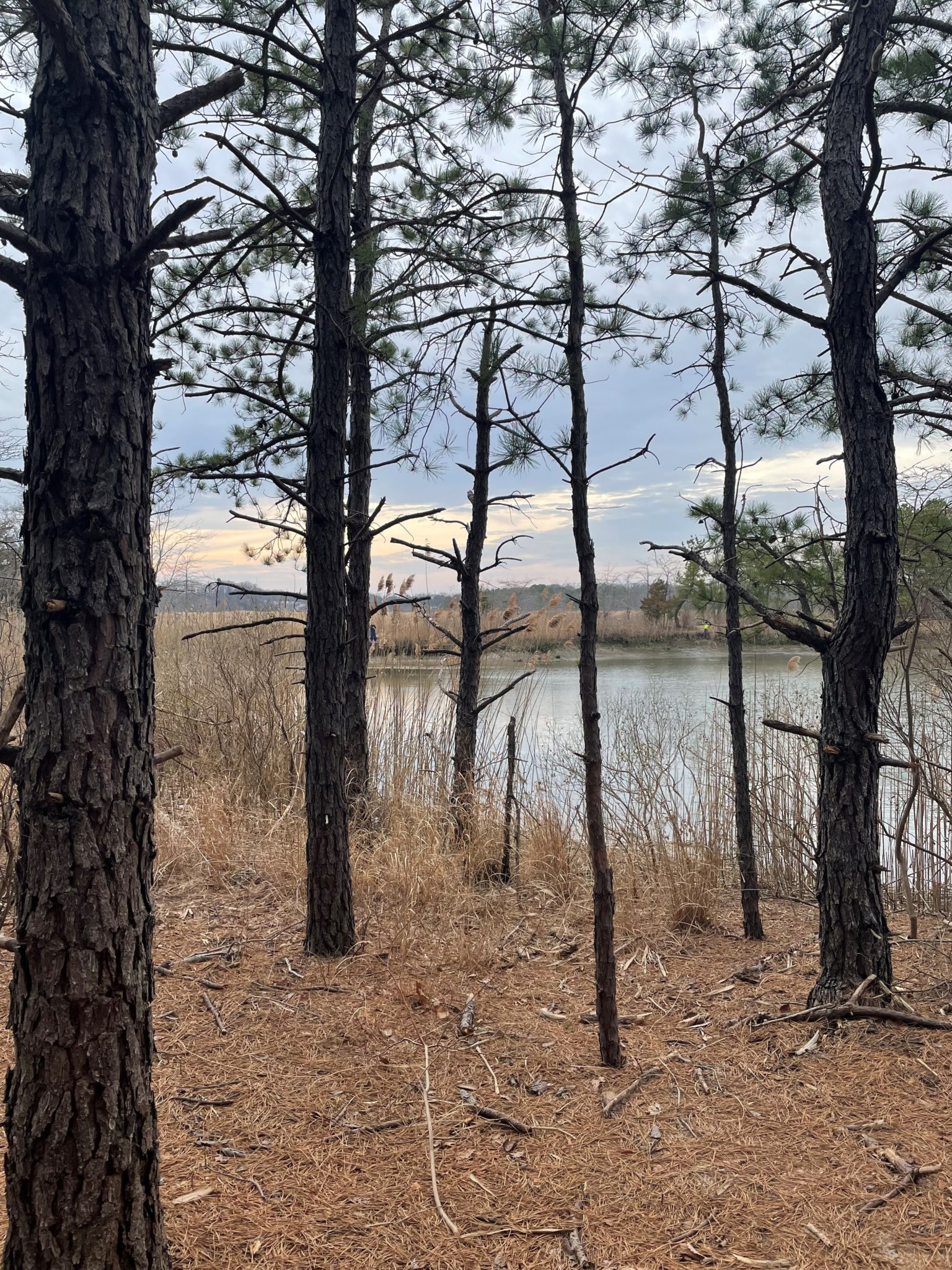Spring Safety: Working Around Plants, Insects, and Animals
With spring’s warm days and glimpses of nice weather comes changing environmental hazards. Do you have bees that seem to appear by your door every year? Do you think about the animals coming out of hibernation? Or the fact that warm weather often means more skin exposure?
Always maintain environmental awareness, whether you are doing yard work at your house, on a hike, or doing field work in your job. We have a collection of some excellent advice you can take to protect yourself this spring!
Advice for PLANTS from Weekly Safety
When Outside:
Weekly Safety says that preventing contact with poisonous plants is the greatest safety precaution. So, avoid direct and indirect contact with poisonous plants whenever possible. Don’t touch any tools or clothing that have been contaminated by the oil or sap of the plant.
Wear proper personal protective equipment (PPE) when working outdoors and in areas where contact with harmful plants is possible. Long pants, shirts with long sleeves, gloves and work boots can prevent accidental contact with poisonous plants.
Inhaling small particles from cutting or chopping them can cause severe lung reactions, so wear appropriate masks when handling.
After:
Wash your skin with soap and water as soon as possible if you come in contact with a poisonous plant. Also, Weekly Safety stresses the importance of washing tools and clothes with warm soapy water to reduce the spreading of the harmful oils.
If you do have a reaction to the harmful plant, avoid scratching and bursting the blisters which can lead to infection.
Advice for INSECTS from North Shore
Before:
North Shore has excellent advice for protecting yourself from dangerous plants: Dress appropriately if you plan to be in a wooded or grassy area. Long sleeves and pants are best to limit your skin exposure. Don’t apply perfumes and avoid the use of scented soaps. The sweet scents of soaps and perfumes attract some insects. Also, avoid wearing bright clothing. Bright flowery prints also attract insects, including honeybees and hornets.
When planning where to hike, North Shore says to avoid areas with stagnant water or tall grass. Insects, especially mosquitoes, congregate around pools of water. Deer ticks, which carry Lyme disease, are more likely to be in areas with lots of trees and brush.
Check DEET concentrations on insect repellents before use. Higher concentrations of DEET protect for longer lengths of time. Choose a concentration based on how you need to protect yourself. When using repellents containing DEET be sure to avoid contact with your mouth and eyes.
After:
They also suggest that once you’re back inside to take a shower. Be sure to check your entire body thoroughly for ticks (especially your ears, waist, head, belly button, arms, and legs). Note that diseases like Lyme Disease have stereotypical symptoms that only appear in only some cases, not all. Diseases like Lyme which present differently in each individual can be hard to diagnose later on, so make sure to check for ticks as soon as you spend time outdoors.
Treat the bug bites you do find. North Shore has several suggestions. If you do get bitten and develop an area on your skin that is red or raised, try applying an ice pack for 10-15 minutes 3-4 times a day. You can take medication like Benadryl for itching, which provides symptomatic relief from the local insect bite reaction. Bites rarely develop into a skin infection (cellulitis)… but they can if left unattended. (Usually this takes several days.)
Know the signs of having a potentially dangerous anaphylactic (rapidly progressing allergic) reaction to a bite. Reactions are most commonly associated with stings by bees, wasps, or hornets. Signs of potentially dangerous anaphylaxis are hives, swelling (of the face, eyes, tongue, and lips), throat tightness, difficulty breathing, vomiting, or feeling faint/lightheaded. If you are worried, contact your doctor immediately or call 911.
Advice for ANIMALS from Air Swift
 Depending on your workplace environment, it is important to learn the types of wild animals and insects you may encounter. You should also be prepared with the knowledge of what actions to take if you encounter them. Air Swift says that first, you should know the rudimentary safety rules for encountering any wildlife:
Depending on your workplace environment, it is important to learn the types of wild animals and insects you may encounter. You should also be prepared with the knowledge of what actions to take if you encounter them. Air Swift says that first, you should know the rudimentary safety rules for encountering any wildlife:
1.Maintain a safe distance.
2.Never feed or approach wild animals.
3.If an animal approaches you, it is your responsibility to move away to maintain a safe distance. Always give a wild animal an easy route to get away from you.
These specifics will vary with each animal species as well as the region they are in, so take the time to learn about what animals are in your environment and what you should do to respond to them optimally.
CED employees can refer to Safety SOP#6 Hazardous Field Conditions for more information and ask their DSC for items we supply that can help prevent exposure. As always, approach our Health and Safety Manager Lisa DeBenedetto for any questions or concerns!



Comments are closed.